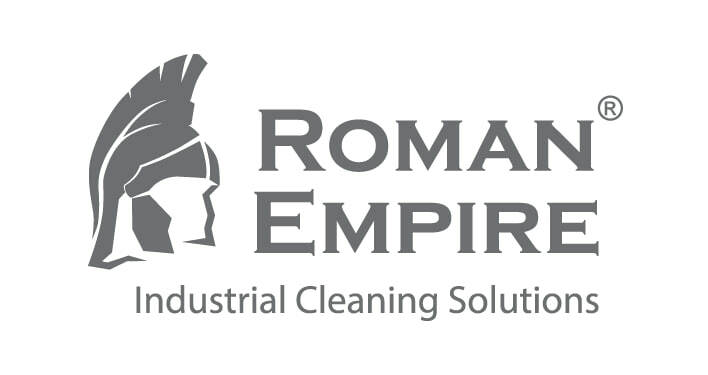
Tailor-made bearing plate
Unification for tank cars of different gauges
Wide opening of the washing heads
Improved quality of wash by positioning washing heads closer to the tank ends
Frost and steam resistant plate seal
Increased joint tightness
Reliable steel handles
Easy fine-positioning of the device on a manway
Tailor-made bearing plate
Unification for rails tank cars of different gauges
Reliable steel handles
Easy unit positioning on the car
Wide opening of the robotic unit
Improved quality of preparation by bringing wash heads closer to the end wall (bottom) of the tank
Frost and steam resistant plate seal
Increased joint tightness
Single unit for all washing operations
Dilution
of excessive residue
Steaming
of residue for liquefaction
Washing
with or without chemicals, fresh or recycled water, cold or hot water

Rinsing
with fresh cold water without chemicals
Drying-degassing
with warm air
Pumping out (optional)
of the product, water and emulsion
Tank cleaning stages in pressure washing

Large mesh
1st pass

Fine mesh
2nd pass

Individual spots
3rd pass

Cleanness
After washing

Large mesh
1st pass

Fine mesh
2nd pass

Individual spots
3rd pass

Cleanness
After washing
COMPASS Principle Diagram in a Railway Tank


Video
COMPASS
Bench testing of the unit
Bench testing of the unit
Benefits
1. Reduced preparation time
2. No manual work inside the tank
3. Reducing the feasibility calculations in preparation
4. Increasing the safety of work
5. Staff optimisation
CONTACTS 2. No manual work inside the tank
3. Reducing the feasibility calculations in preparation
4. Increasing the safety of work
5. Staff optimisation
Gallery
Gallery
Design of the lid, handles and seal
LANGUAGE
- English (International)
- Deutsch
- Français
- Español
© 2025 All rights reserved. Roman Empire ®







